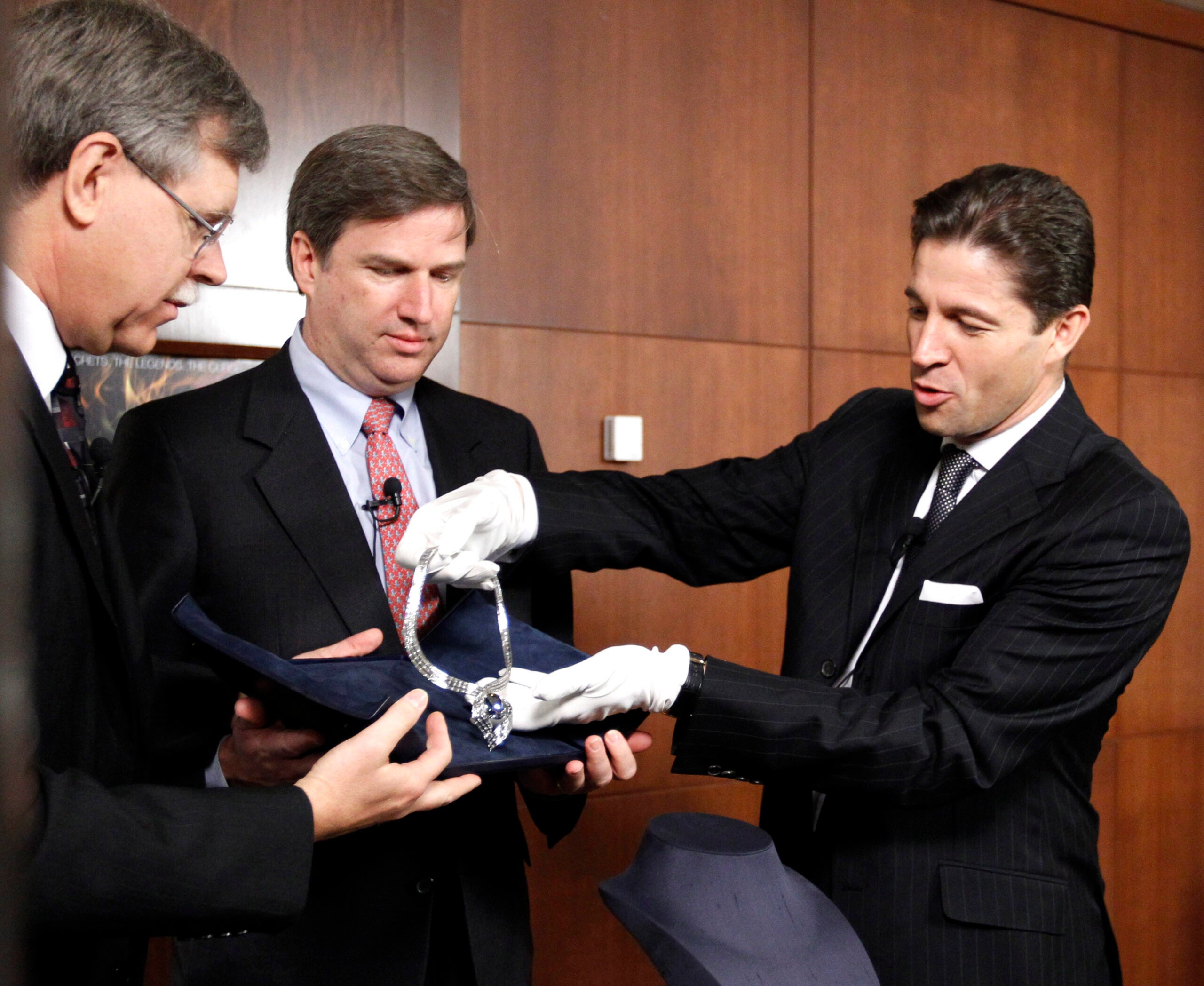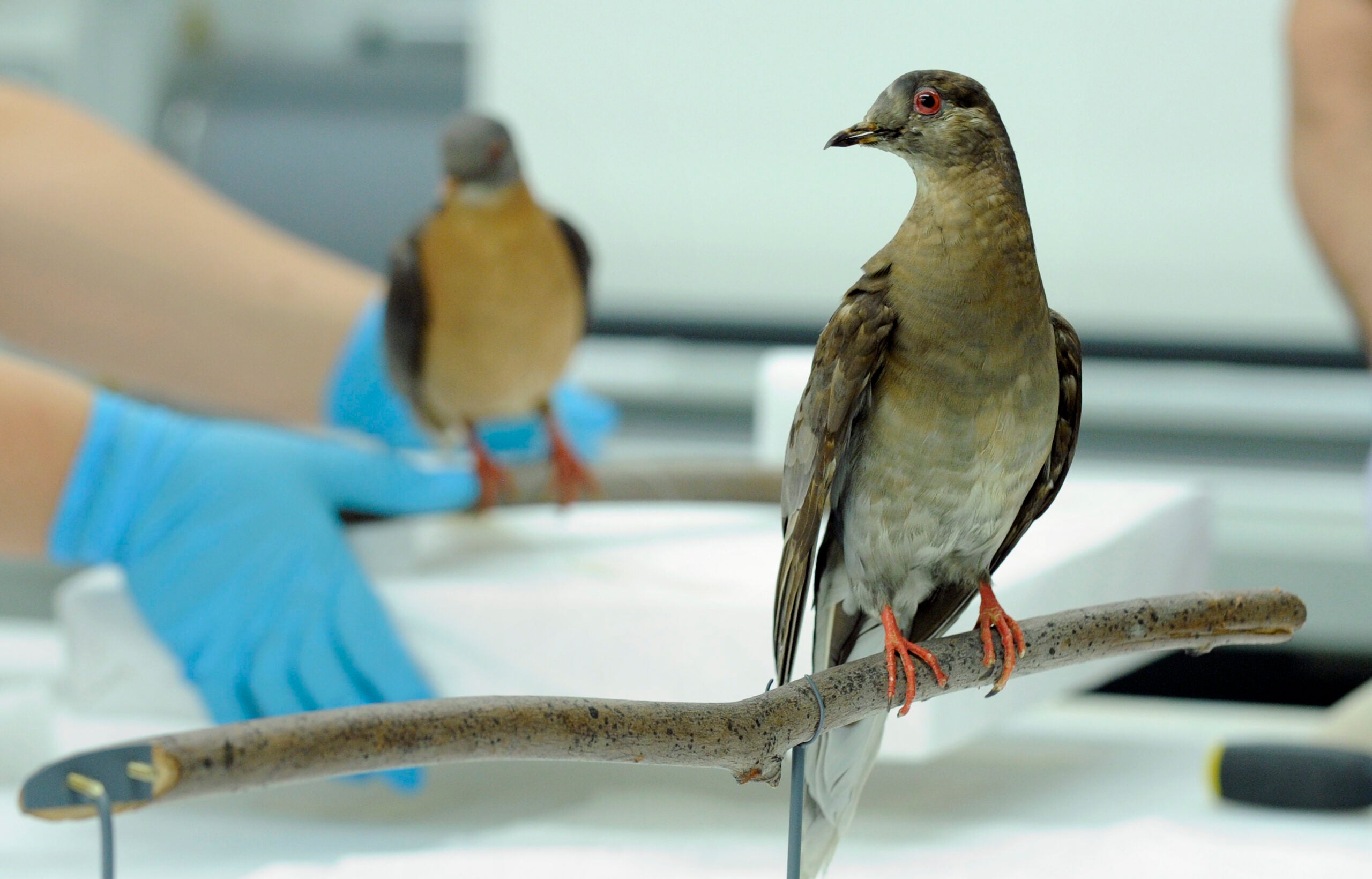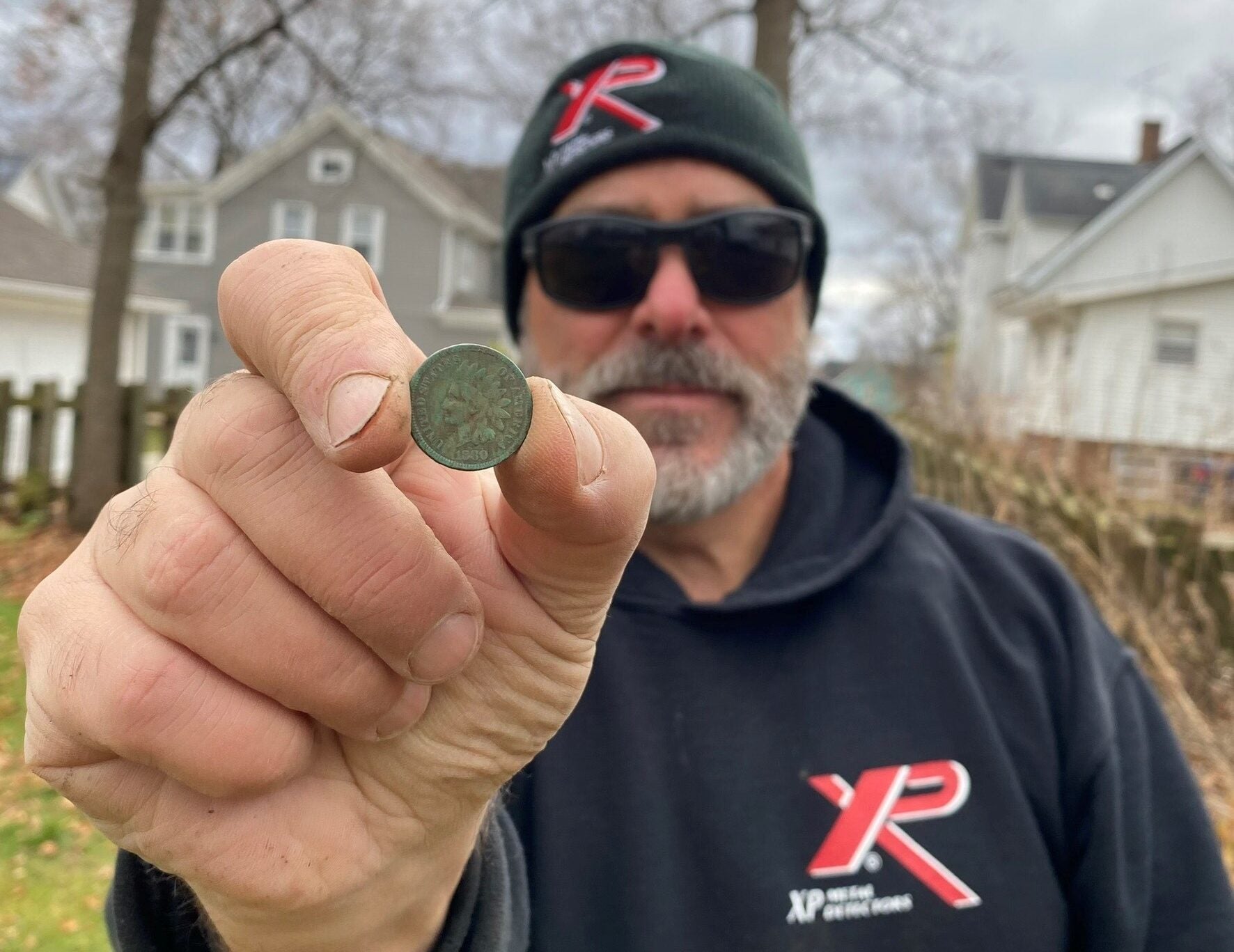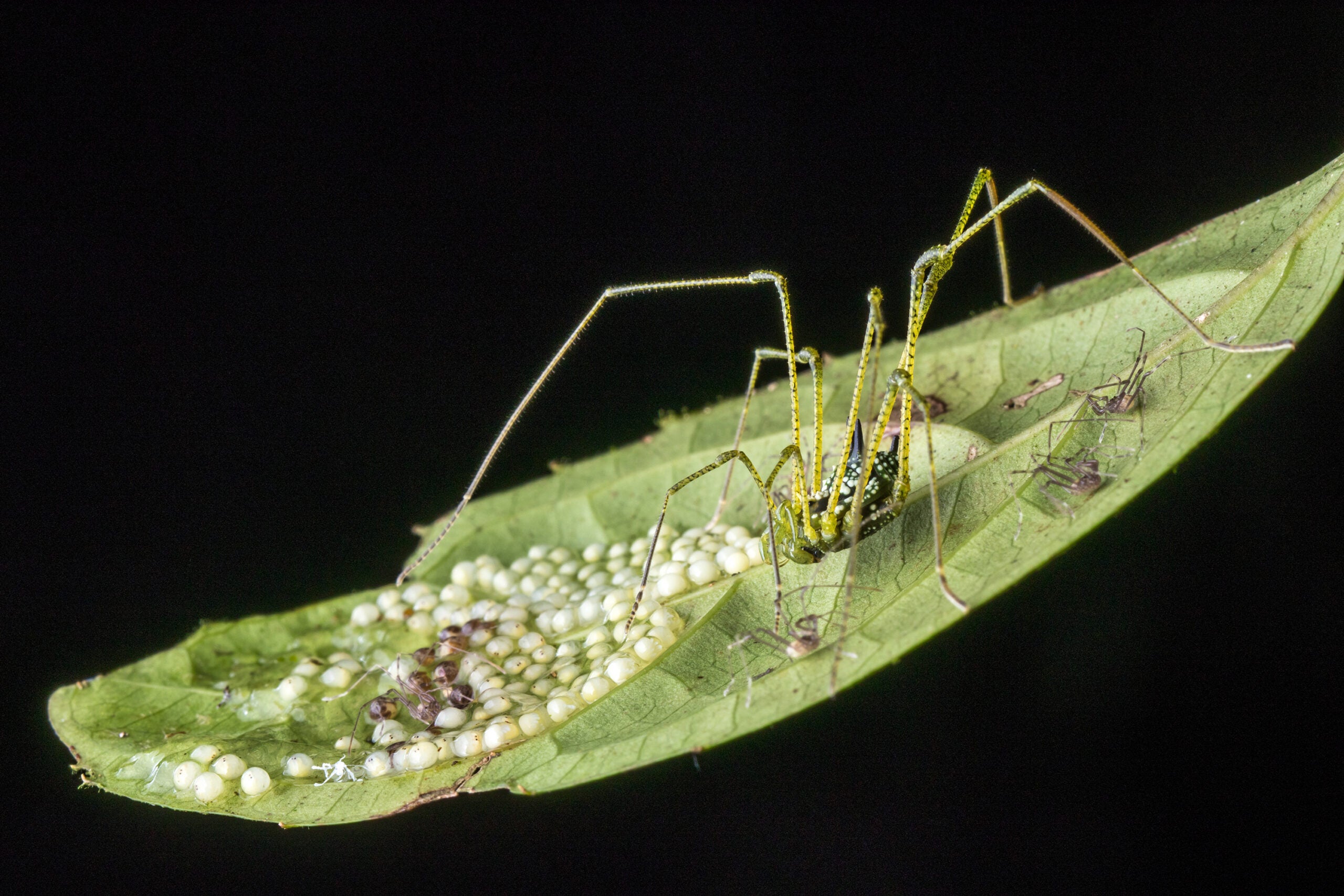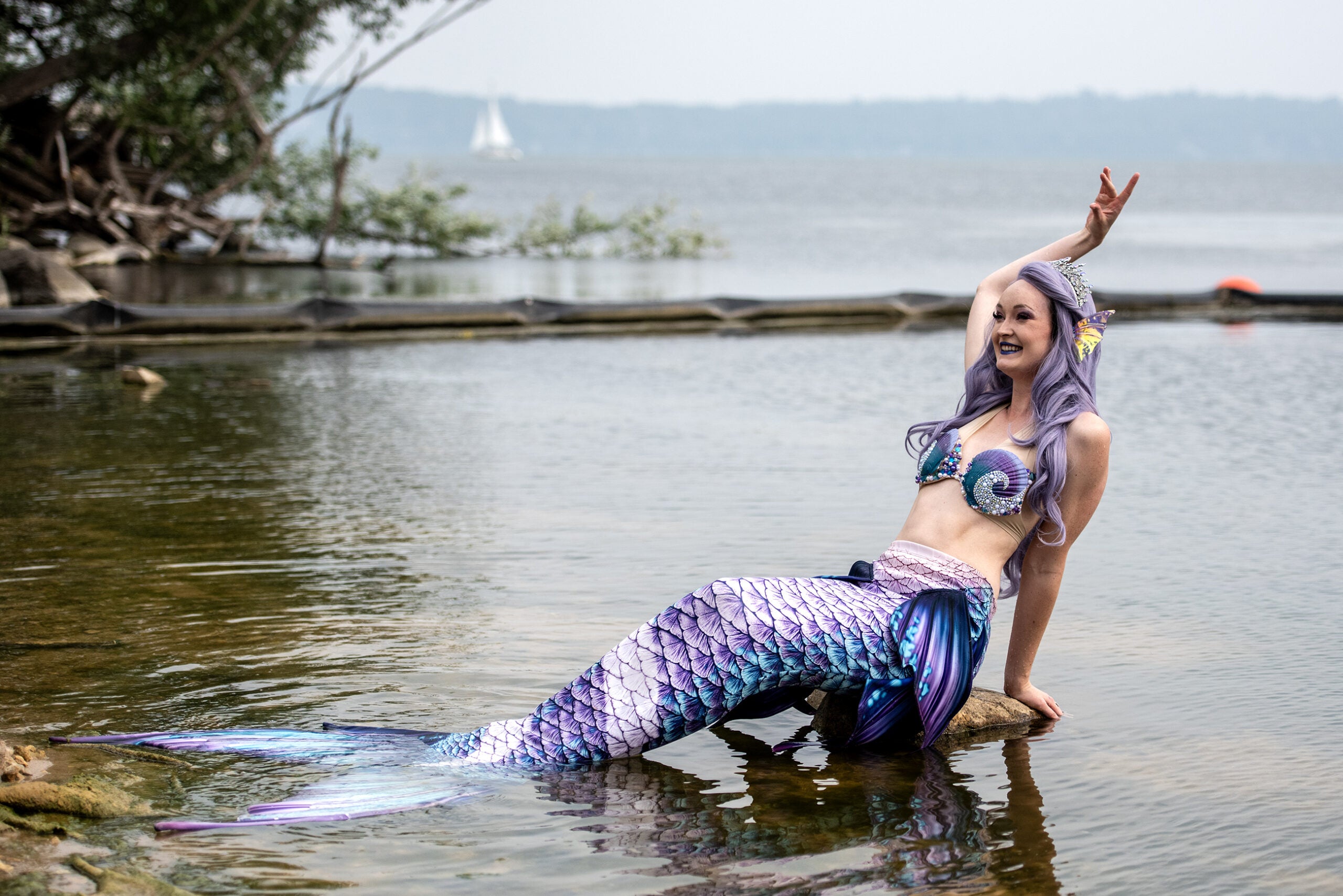Reflecting on his decades of care for rare gems, including the Hope Diamond, mineralogist Jeffrey Post provided a theory to explain the public’s fascination with gems.
Although flowers are also beautiful, he says, the longevity of gems provokes greater curiosity about the origins and storied journeys of these precious objects.
“Every time I put a gemstone in someone’s hands, it seems the first thing they ask is, ‘Who owned this? Where did it come from?’” Post said recently on Wisconsin Public Radio’s “The Morning Show.”
Stay informed on the latest news
Sign up for WPR’s email newsletter.
In May, Post retired from the Smithsonian National Museum of Natural History in Washington, D.C., where he worked as a mineralogist and curator-in-charge of gems and minerals. He plans to return to his native Wisconsin.
On “The Morning Show,” Post discussed being a longtime caretaker of the Hope Diamond, the gem’s history and its unusual features. He also shared what the public has gotten wrong about the diamond over the years.
The following was edited for brevity and clarity.
Kate Archer Kent: What are your favorite minerals or gems from the Smithsonian?
Jeffrey Post: That’s a tough one. A colleague of mine used to say, “I’ve never met a mineral I didn’t love.” I’m a little bit in the same category. Any given day, I could go out into the exhibit and I could point to something, we could start talking about it and that might be my favorite for the day.
But it is hard to get past the fact that the Hope Diamond has taken up a huge amount of time and attention from the time I started working at the Smithsonian. It is a diamond that gets a lot of attention. It has a lot of fascination for people. It’s still pretty amazing to me that you look at this 1-inch-diameter blue diamond and think of all the history, all the stories, all the books, the movies, everything that has been done, the thousands of people that come each day to see this, and you look at it and go, ‘Wow, that’s pretty amazing. This one diamond has caused such a stir and has gotten so much attention.’
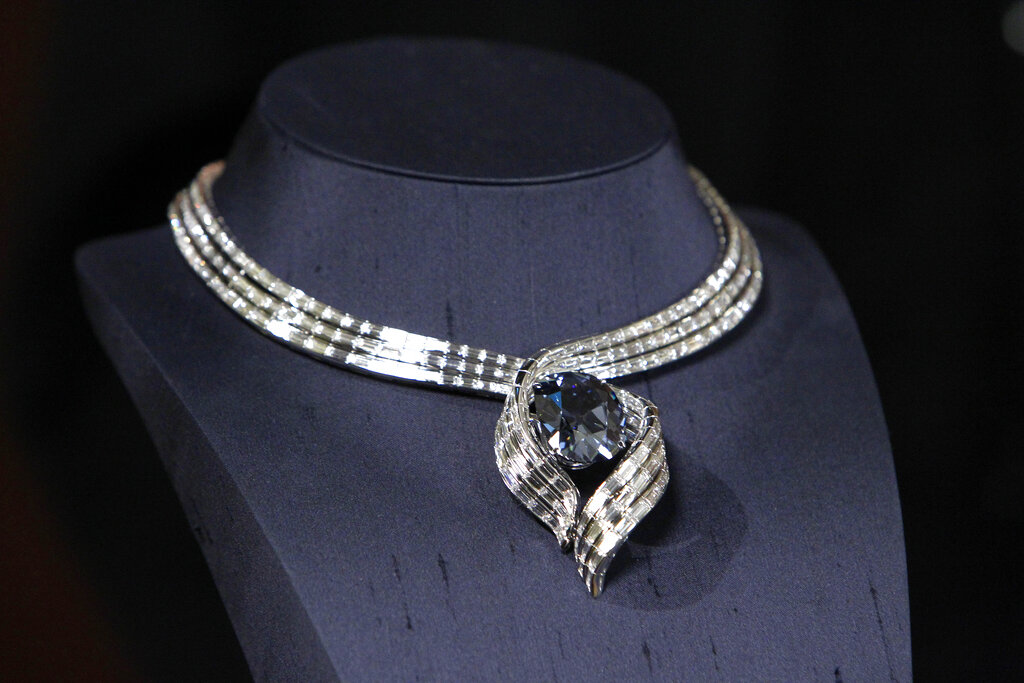
KAK: What is the history around the Hope Diamond?
JP: It’s a diamond that was found in India in the late 1600s. It was sold to King Louis XIV of France and became part of the French crown jewels. During the French Revolution, it was stolen from the French crown jewels. The recut version of that stone appeared for sale in London in the early 1800s. It became part of the collection of Henry Philip Hope, who was a banker (with) a great gem collection. It’s the Hope family name, of course, that goes with the diamond today.
Eventually, one of his descendants was forced to sell the diamond. It changed hands several times but ultimately was purchased by a woman who lived in Washington, D.C. Her name was Evalyn Walsh McLean. It was really about the time that she bought the diamond that people started talking about (how) maybe there was a curse or bad luck on this diamond. In part, it was a story to help get the diamond some attention to help sell it. But also, once it was owned by this very famous and wealthy woman, she liked to tell the stories.
Then, a few unfortunate things happened in her life. She lost a son at an early age. A daughter (died by suicide). So, people who like to believe in bad luck said, ‘Well, do you look at all the terrible things happening to this wealthy lady who owns this diamond?’ Of course, the diamond got the blame for all those things.
KAK: Is it true that the diamond came to the Smithsonian through the post office?
JP: After Evalyn Walsh McLean passed away in 1946, her collection — including the Hope Diamond — was sold to Harry Winston, a jeweler in New York. He traveled the diamond around the U.S. as part of what he called his Court of Jewels exhibit. A lot of people had a chance to see it. It got a lot of attention.
Then, he decided in 1958 to donate the diamond to the Smithsonian. Certainly, it was good publicity for him. But also, he had this vision that we should start a great national gem collection. He said even though we don’t have a crown jewels, a king and a queen, we should have our own national gem collection. So, he donated the diamond.
And being a little bit (of) the salesman (and) the flamboyant jeweler, he didn’t just quietly put it in his pocket and bring it down to Washington, D.C. and say, ‘Here it is.’ No, he put it in the mail and insured it for $1 million. It was then delivered by a postman to the museum … A bunch of people were waiting in the gallery for the mailman to arrive, and it was unwrapped and immediately put on exhibit. It was just a fun way to introduce this diamond to everybody.
KAK: Why does the diamond glow orange under ultraviolet light?
JP: The diamond, in addition to being a fabulous gemstone, is also a really interesting mineral (and) diamond. The diamond is a blue color because of trace amounts — parts per million — of the element boron. The fact that it’s blue made it a very intriguing diamond and one of the reasons why it’s rare and valuable. But in the 1960s, scientists studying it realized that when you expose the diamond to ultraviolet light in a dark room and then turn off the ultraviolet light, it would glow bright orange. It’s pretty bright. It’s a property called phosphorescence, and it would glow for about a minute.
With modern spectrometers, we’re able to determine that it’s the same impurity, boron, that gives it the blue color that also causes this phosphorescence. So, it’s not the curse. It’s actually a very interesting scientific property of the diamond that caused it to do this.
Wisconsin Public Radio, © Copyright 2025, Board of Regents of the University of Wisconsin System and Wisconsin Educational Communications Board.
